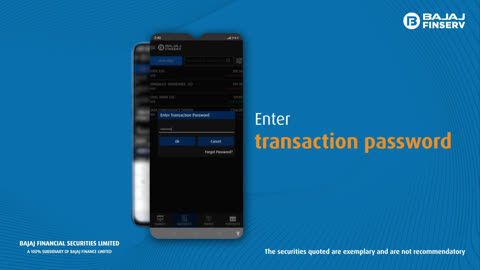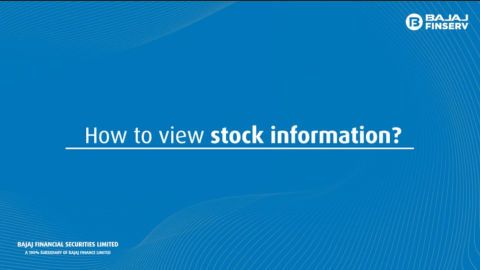What is Stop Loss?
Stop loss, is a feature or tool used by investors to stop their losses on a trade. If the price of a stock you invest in, moves against you, it is important to limit the losses. Traders use this tool regularly to control their losses. Depending on the amount you have invested in the trade, you can put a stop loss at a certain price if your trade is moving in an unfavorable direction.
What is a Stop Loss Order?
A stop-loss order is an order to buy or sell a specific share at a certain price, which can be used on any existing position in the market. It can be a short or long position. Once the price reaches your defined stop-loss, the order gets executed. With the help of this, you can mitigate the risk of the market moving against your trade.
Stop-Loss Limit Order
If you place a stop-loss limit order this means that the order will be activated exactly at your price or better. E.g. If you have taken a short position on a share for Rs. 100 and place a stop-loss limit order at Rs. 110, once the price hits your stop-loss price, your position will be squared-off at exactly Rs. 110 or below.
Stop-Loss Market Order
If you place a stop-loss market order this means that once your stop-loss is hit, the order will be squared-off at the next available price. E.g.: If you have taken a long position on a share for Rs. 110 and placed a stop-loss market order for Rs. 100, then the order may be squared-off exactly at Rs. 100 or below.
Additional Read: What is Margin Trading?
Understanding Stop-Loss Order
A stop-loss order can be used in various ways to protect our investments and returns. It is important to understand all aspects of using a stop-loss order so that we can use it as effectively as possible in our interest.
Simplified with an Example
Let us assume that you bought the shares of a company at Rs. 500. It is not possible for you to constantly monitor the share price during market hours. The next time you checked, the share price dropped to Rs. 400. This can result in a loss of 20% (Rs. 100) of your invested amount on the trade. If your trading strategy is not to take more than a 10% loss on any trade, you can place a stop-loss order at Rs. 450. This will restrict your loss as per your risk-taking capability.
How to Use Stop Loss Order?
A stop-loss order can be used for both long and short positions
If you are in a long position, it means you are backing the share prices to go up. You will put a stop loss with a sell order to limit your losses at a price below your entry price. If you are in a short position and backing the share prices to go down, you will place the stop-loss with a buy order above the entry price.
Keep in mind the Support and Resistance levels on the chart
Let us again understand through an example. If you have bought the share of a company at Rs. 200 and you can see on the chart that every time the share price drops in the range of Rs. 170-180, it bounces back, and the price increases. This simply means that there is considerable support for the price of Rs. 170-180. So ideally your stop-loss order should be below Rs. 170 depending on how much loss you can bear on that trade.
Devise a stop-loss strategy
To ensure that overall, you are profitable. You cannot put a stop loss at a random price.
Additional Read: How to Open a Trading Account Online in India?
Disadvantages of a Stop-Loss Order
Although there are various advantages of a stop-loss order it also comes with a few disadvantages.
In a gap up or gap down situation if you have placed a stop-loss order then if the market gaps suddenly, your order will get squared off automatically, and you may incur a loss. It may happen that after the gap up/ down the market starts moving in your favor. This will result in an unexpected loss.
Another disadvantage of a stop loss is if you do not place the order wisely then you may observe that the share price has hit your stop-loss price and then started moving in your favorable direction.
Open A demat Account with Bajaj Financial Securities and Start Trading Now.
DISCLAIMER:
While care is taken to update the information, products, and services included in or available on our website and related platforms/websites, there may be inadvertent inaccuracies or typographical errors or delays in updating the information. The material contained in this site, and on associated web pages, is for reference and general information purpose and the details mentioned in the respective product/service document shall prevail in case of any inconsistency. Subscribers and users should seek professional advice before acting on the basis of the information contained herein. Please take an informed decision with respect to any product or service after going through the relevant product/service document and applicable terms and conditions. In case any inconsistencies observed, please click on reach us.
*Terms and conditions apply








